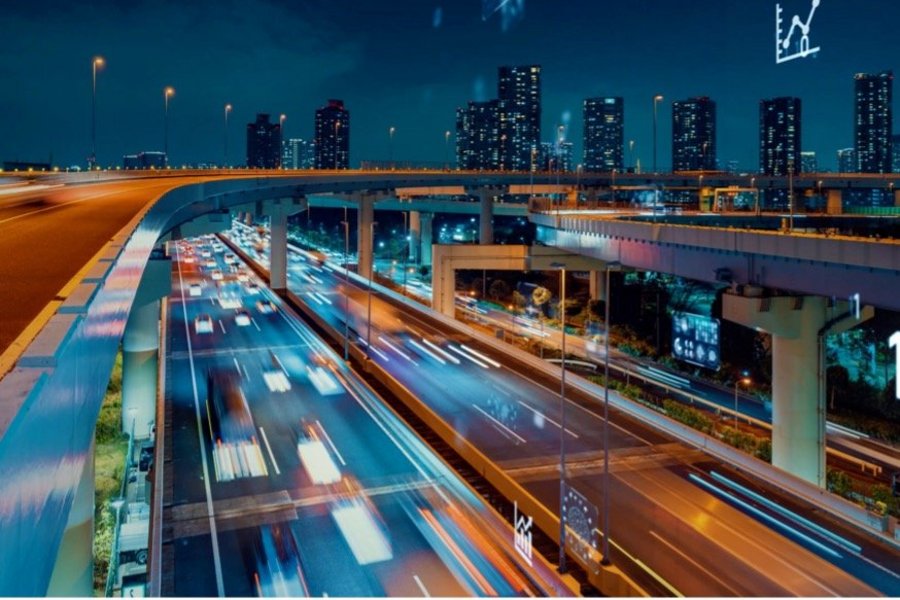Connected urban mobility
As infrastructure becomes increasingly connected, SIM cards, also referred to as eSIMs or embedded SIMs – which are found in everything from bikes to escalators to traffic lights – are the prerequisite for transport authorities to leverage the potential of 5G. “Once everything is digitalized in this way, transport authorities can more easily address issues, schedule maintenance, and deliver highly personalized customer experiences across the transport network – a trend that will only increase after the widespread rollout of 5G technologies,” says Burianek.
For example, cities can also unlock valuable insights into travel patterns and other commuter behaviors across the transport network by aggregating and analyzing information from the millions of journeys people make each day. This enables transportation providers to establish, in real time, precisely how many people are using the transport network and ensure enough trains, trams, buses, and staff are available to serve their needs.
Disruptions to the network can also be managed more efficiently, with commuters quickly rerouted to alternative modes of transportation via updates to their mobile devices.
In addition, rush-hour peaks can be identified with pinpoint accuracy rather than estimated, enabling transport authorities to introduce more effective off-peak pricing schemes. Insights from big data can also be used to determine where best to place infrastructure such as bike and e-scooter hubs, as well as how many bikes and scooters are needed at each one.
G+D’s IoT solutions help to secure the data that flows between connected devices and the transport authority’s cloud platform. Such solutions are essential for protecting vital infrastructure and data from hackers.
The benefits of these secure, smart transport networks are already evident. Intelligent traffic systems, which help minimize wait times by sensing traffic and communicating with one another, have reduced commuting times in Buenos Aires by as much as 20%, and by 15% in San Jose and Houston.3 Meanwhile, smart parking, which connects vehicles and infrastructure to inform users where parking is available, has reduced parking search times by about five minutes on average in San Francisco and Johannesburg.4
Eventually, travelers may even be able to make journeys without physically paying for a ticket, thanks to beacon technology, which would charge them automatically. But regardless of how payment is made, the majority of these journeys will continue to be made on public transport, the backbone of any MaaS system. That means effective co-operation between the public and private sectors is essential for MaaS and seamless travel to really take off.
In the end, as an analysis by McKinsey suggests, “seamless mobility is only achievable if cities tap into the private sector’s capabilities, business models, innovations, and technologies.”4 Every city will, of course, have different needs and historical quirks that these partnerships will need to take into account. But by working together on a system-wide approach to urban mobility, the public and private sector should be able to make MaaS the transport system of the future.



